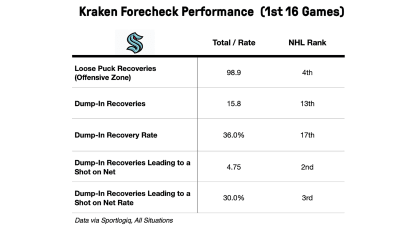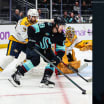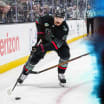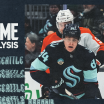Forechecking is a word we've heard about from this Kraken team a lot. It's a big part of how the team wants to generate offense…moving the puck into the offensive zone with a strategically placed dump-in to get past defenders and then retrieving the puck in a more opportune position to create a scoring chance. It's something that Dave Hakstol wants to see his team improve.
Analytics with Alison: Understanding Forechecking Performance
The forecheck is a key part of the Kraken's offensive system. We look at how they are doing thus far and where coach Hakstol wants to see improvement




















